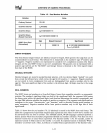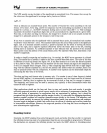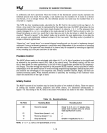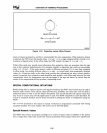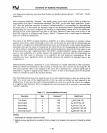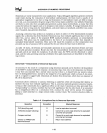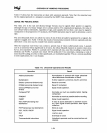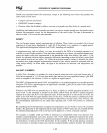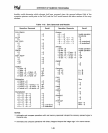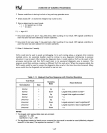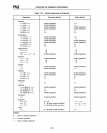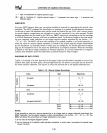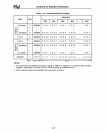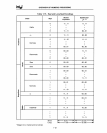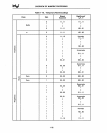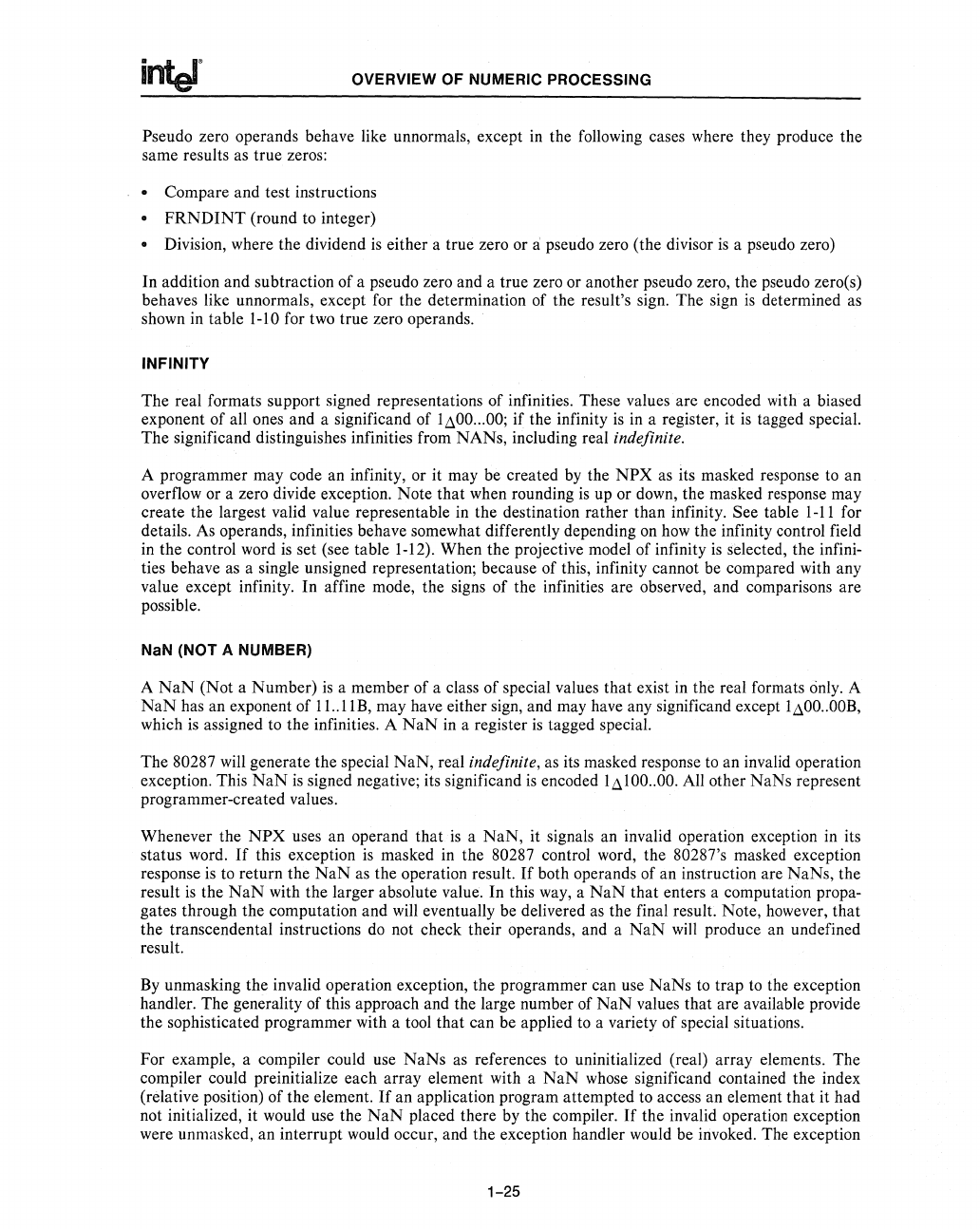
inter
OVERVIEW OF NUMERIC PROCESSING
Pseudo zero operands behave like unnormals, except
in
the following cases where they produce the
same results as true zeros:
Compare and test instructions
FRNDINT
(round to integer)
Division, where the dividend
is
either a true zero or a pseudo zero (the divisor
is
a pseudo zero)
In addition and subtraction of a pseudo zero and a true zero or another pseudo zero, the pseudo zeroes)
behaves like unnormals, except for the determination of the result's sign. The sign
is
determined as
shown in table 1-10 for two true zero operands.
INFINITY
The real formats support signed representations of infinities. These values arc encoded with a biased
exponent of all ones and a significand of
I,:lOO
...
OO;
if the infinity
is
in
a register, it
is
tagged special.
The significand distinguishes infinities from NANs, including real
indefinite.
A programmer may code an infinity, or it may be created
by
the
NPX
as its masked response
to
an
overflow or a zero divide exception. Note that when rounding
is
up or down, the masked response may
create the largest valid value representable in the destination rather than infinity. See table
1-11
for
details.
As
operands, infinities behave somewhat differently depending on how the infinity control field
in the control word
is
set (see table 1-12). When the projective model of infinity
is
selected, the infini-
ties behave as a single unsigned representation; because of this, infinity cannot be compared with any
value except infinity. In affine mode, the signs of the infinities are observed, and comparisons are
possible.
NaN (NOT A NUMBER)
A
NaN
(Not a Number)
is
a member of a class of special values that exist in the real formats only. A
NaN
has an exponent of 11..11B, may have either sign, and may have any significand except
I,:lOO
..
OOB,
which
is
assigned
to
the infinities. A
NaN
in
a register
is
tagged special.
The
80287 will generate the special
NaN,
real indefinite, as its masked response
to
an invalid operation
exception. This
NaN
is
signed negative; its significand
is
encoded 1,:l100
..
00. All other
NaNs
represent
programmer-created values.
Whenever the
NPX
uses an operand that
is
a
NaN,
it signals an invalid operation exception in its
status word.
If
this exception
is
masked
in
the 80287 control word, the 80287's masked exception
response
is
to
return the
NaN
as the operation result.
If
both operands of an instruction are NaNs, the
result
is
the
NaN
with the larger absolute value. In this way, a
NaN
that enters a computation propa-
gates through the computation and will eventually be delivered as the final result. Note, however, that
the transcendental instructions
do
not check their operands, and a
NaN
will produce an undefined
result.
By
unmasking the invalid operation exception, the programmer can use
NaNs
to
trap to the exception
handler. The generality of this approach and the large number of
NaN
values that are available provide
the sophisticated programmer with a tool that can be applied to a variety of special situations.
For example, a compiler could use
NaNs
as references
to
uninitialized (real) array elements. The
compiler could preinitialize each array element with a
NaN
whose significand contained the index
(relative position) of the element.
If
an application program attempted to access an element
that
it had
not initialized, it would use the
NaN
placed there by the compiler.
If
the invalid operation exception
were unmaskcd, an interrupt would occur, and the exception handler would be invoked. The exception
1-25



